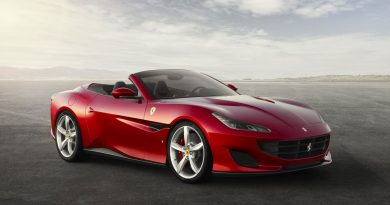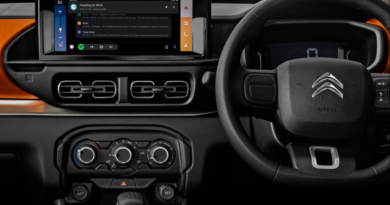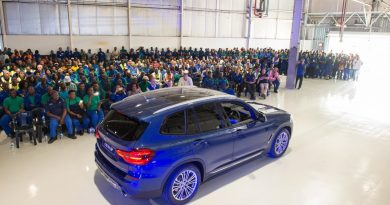Leasing can seem more expensive, but actually saves money

Traditionally, South Africans buy their cars outright and tend to shun the option of leasing them. The owners of local small and medium enterprises (SMEs) are no different – most prefer to buy rather than to lease. They may however, just be choosing the short end of the stick, says Dr David Molapo, Head of Fleet Management at Standard Bank.
Apart from a deep-seated cultural affinity to the idea of owning the vehicles they use, South African business owners tend to balk at the monthly repayment involved in leasing, which can be higher than the monthly instalment of a bought vehicle, depending on the levels of maintenance involved in the deal.
With full-maintenance leasing, for example, most of the costs of running the vehicle, apart from fuel and tyres, are built into the monthly lease. It therefore looks more expensive than the instalment on a vehicle purchased outright, but in fact includes the expenses that come with the use of any vehicle, owned or leased. With ownership, the maintenance may arise at inopportune times being unplanned, whilst with leasing the maintenance costs are spread out over the entire period of use, and the cost becomes affordable and predictable.
A further advantage of leasing, which has become the norm in North American and European vehicle car-ownership practice, is the fact that the risk of breakdowns is carried by the lessor, in this case Standard Bank Fleet Management, who will fix or replace the vehicle while the monthly lease for the SME remains exactly the same.
It is very seldom that SMEs have dedicated fleet managers who can, among other things, make sure that mechanical workshops do not overcharge for maintenance work on its vehicles.
Leasing, therefore, offers further potential savings for businesses with small fleets – the lessor, who takes responsibility for the maintenance, has dedicated expertise and huge bulk buying power to negotiate the best and most affordable vehicle maintenance service possible.
Probably the greatest saving that leasing of a vehicle offers SMEs is one that will not be found in any online vehicle finance calculator: the opportunity cost of putting down the deposit that is usually required when buying a car.
The thousands of rands that the SME owner would have had to put down when buying a car through a straight loan-finance deal can be used productively in the business if the owner chooses to lease the vehicle. Such cash can be productively deployed in the business to pay for more stock, for example, or a much-needed piece of equipment, employing another sales person or executing a well-timed marketing campaign.
In certain cases, buying a vehicle may indeed be the better option for a SME; for example, tough workhorse bakkies that can last many productive years where they are not used in harsh conditions and do low mileage. Owning such an asset will be cheaper than leasing it.
Leasing really comes into its own with vehicles used by sales staff or executives who travel extensively. Leased vehicles are typically no older than 42 months or 120 000km, the average duration of a lease, before they are replaced. The SME gets to use the vehicle at the most presentable and most reliable period of its life, and never has to deal with the headaches of resale, nor the breakdowns of old vehicles.
Also view:
Vehicle Finance, Car Insurance and Road Safety
Buying and Selling a Vehicle – Informed decisions and the Vehicle Retailer




